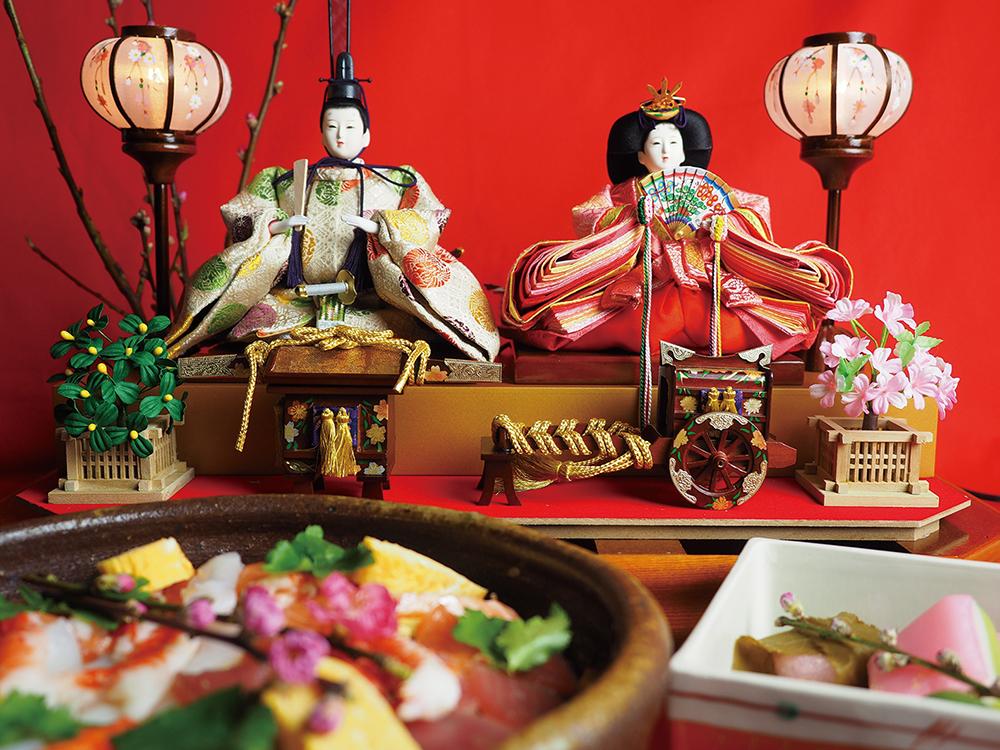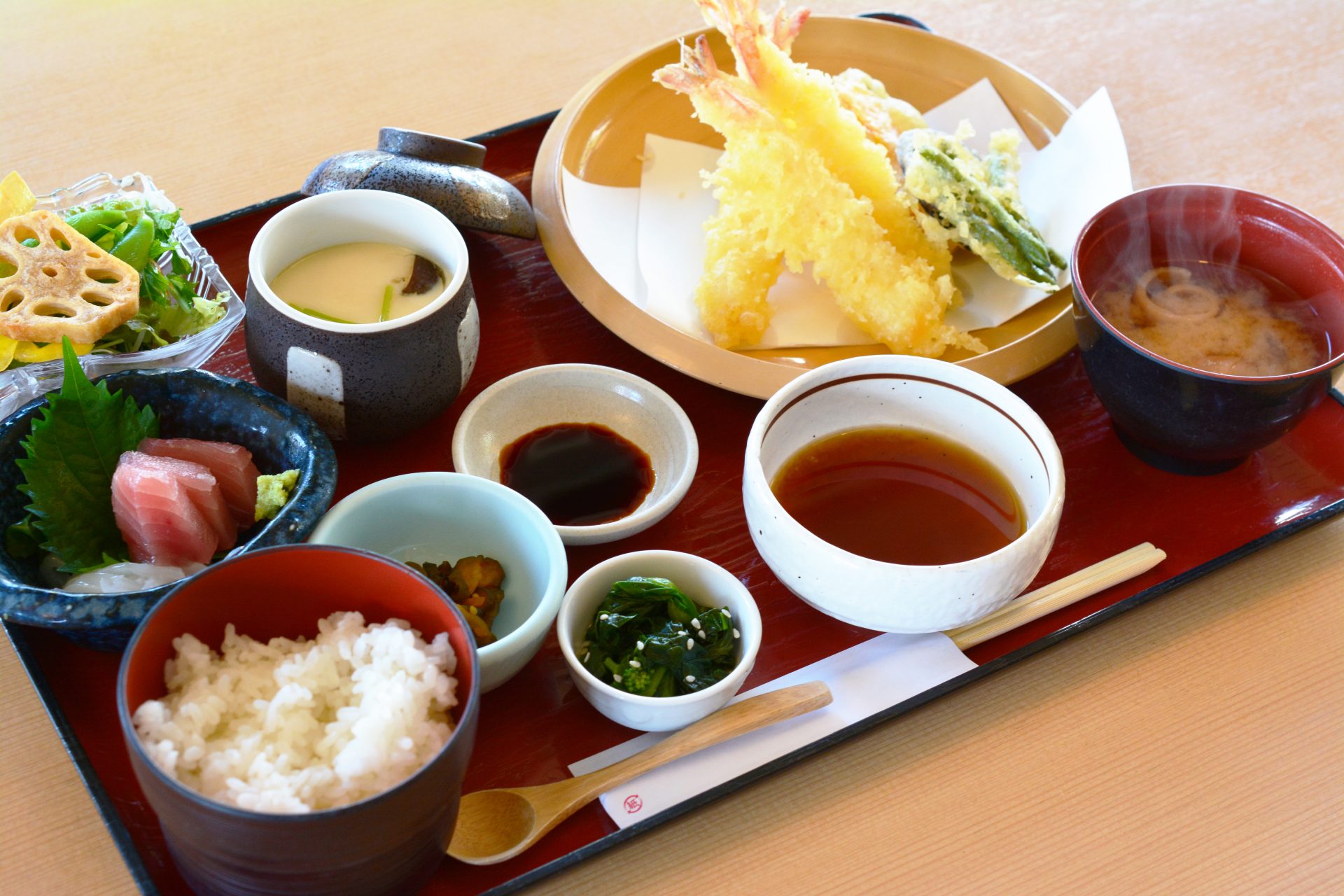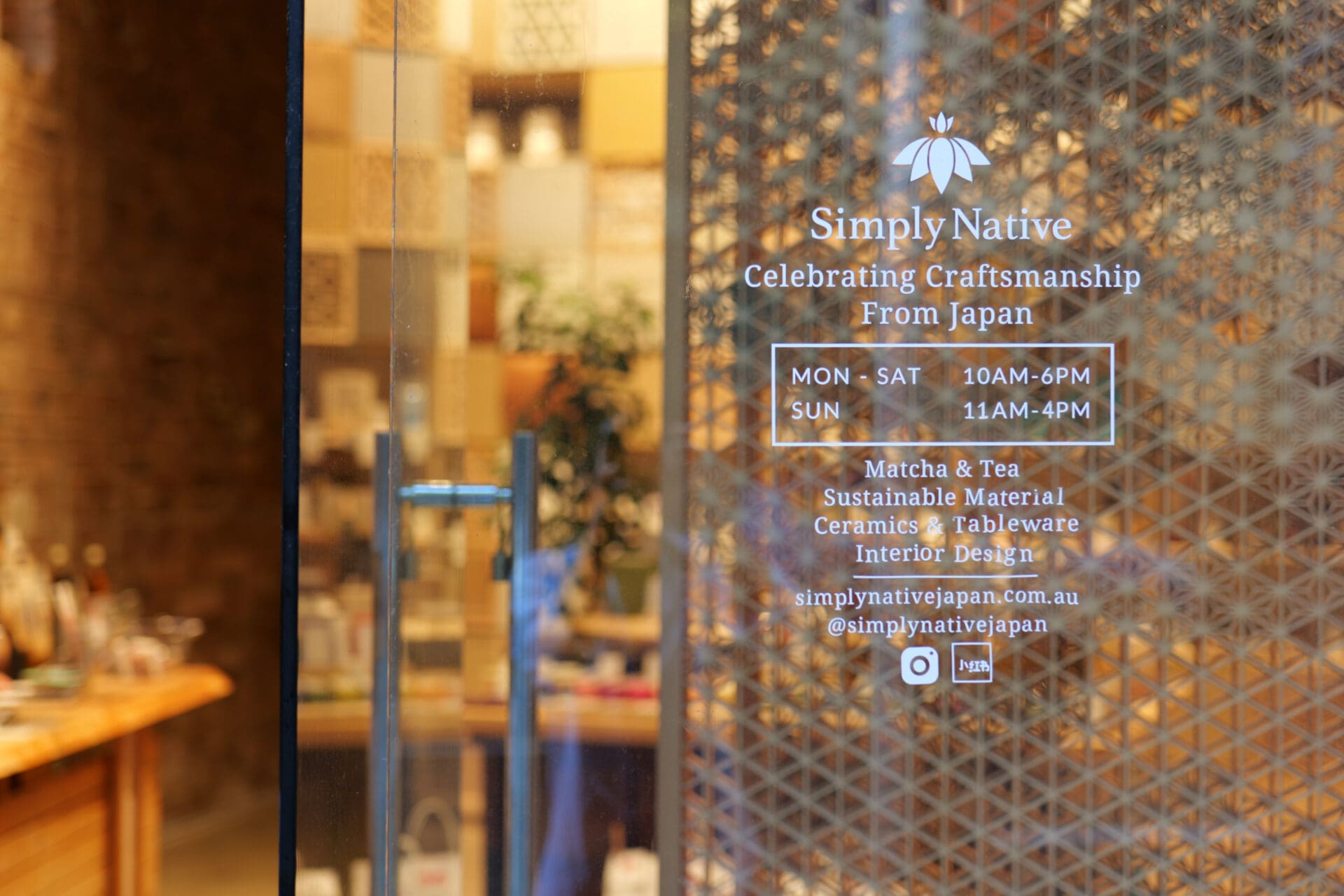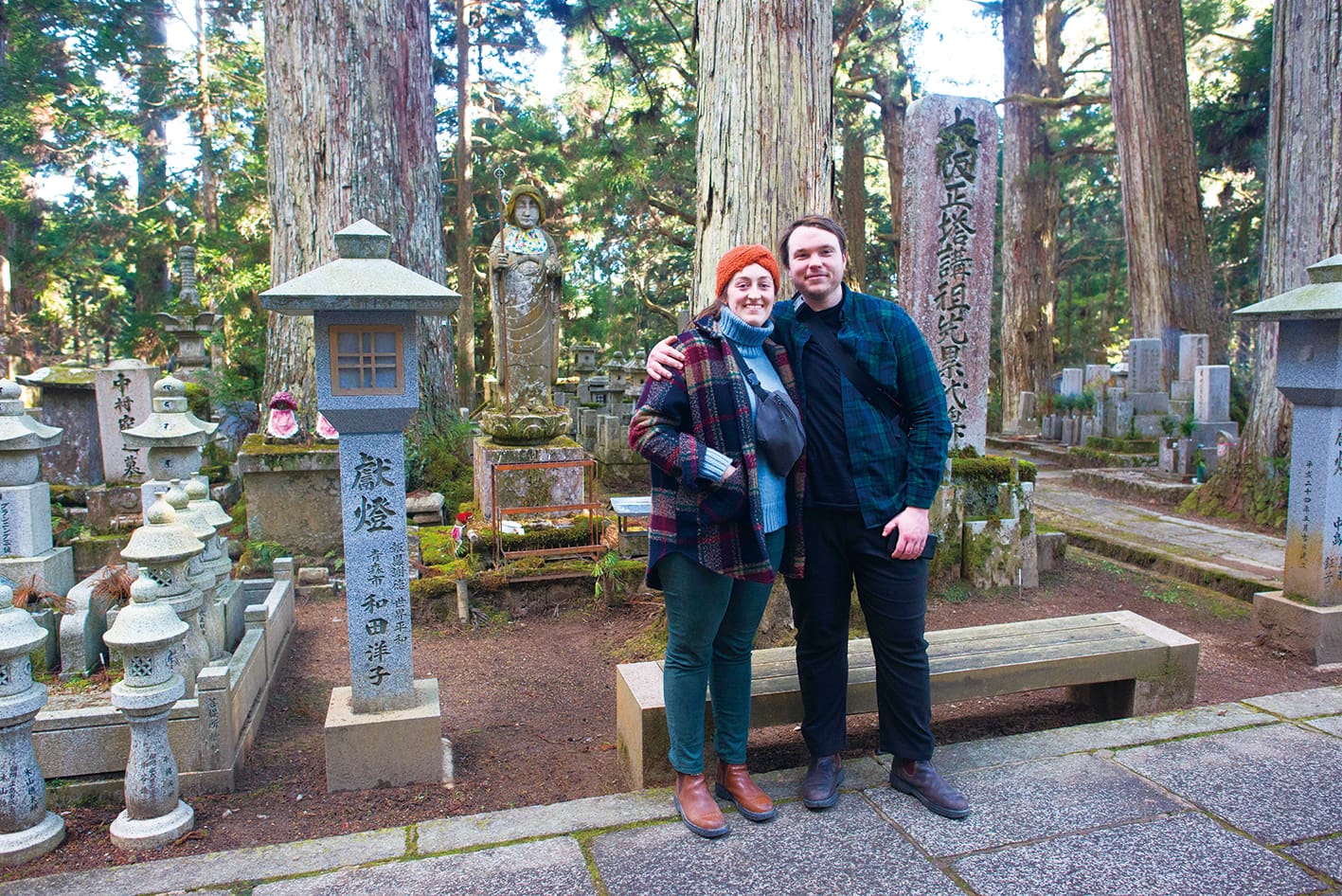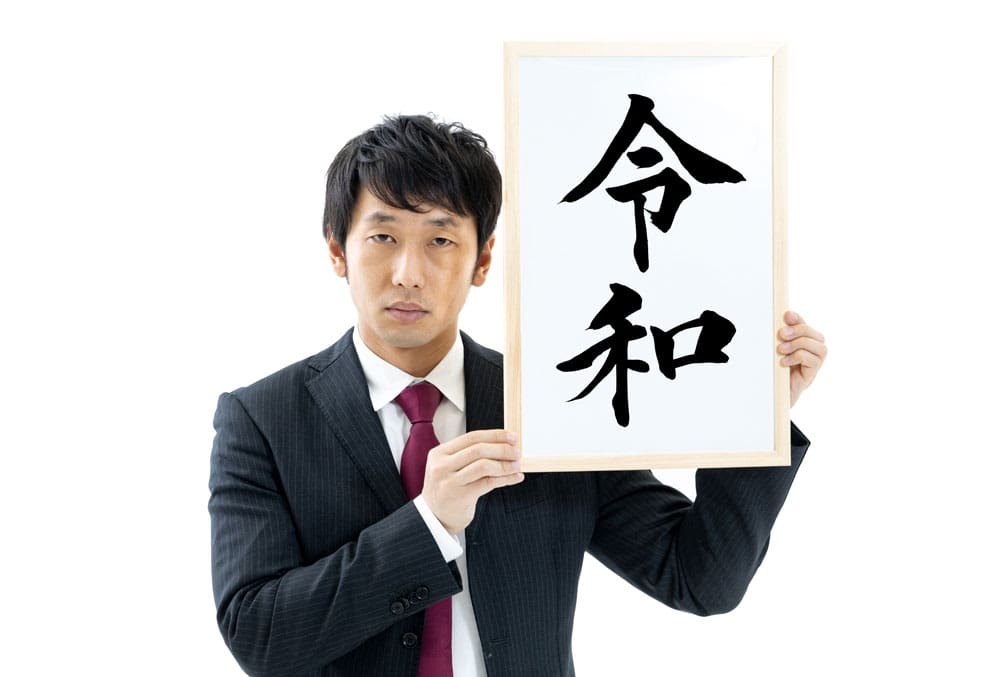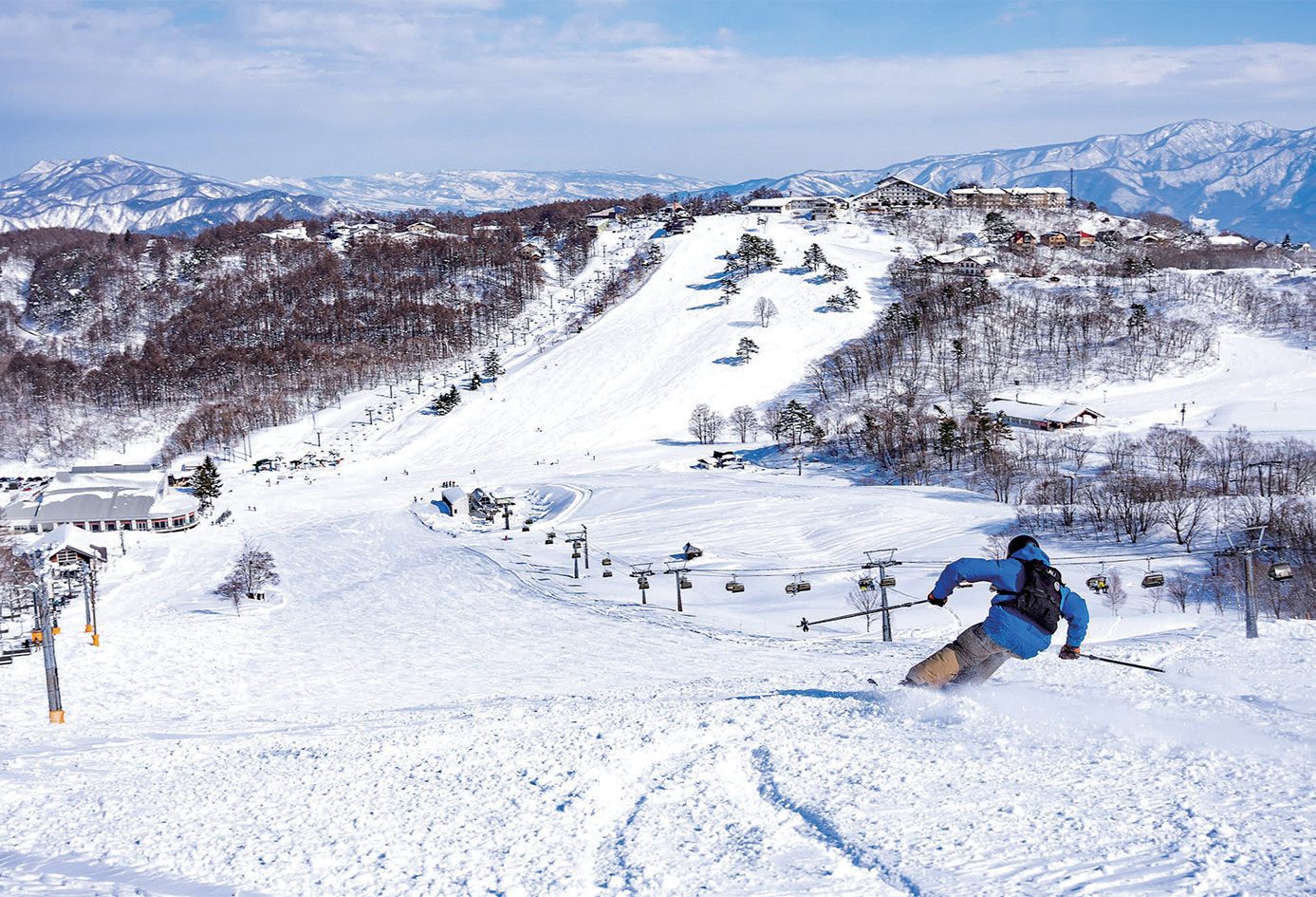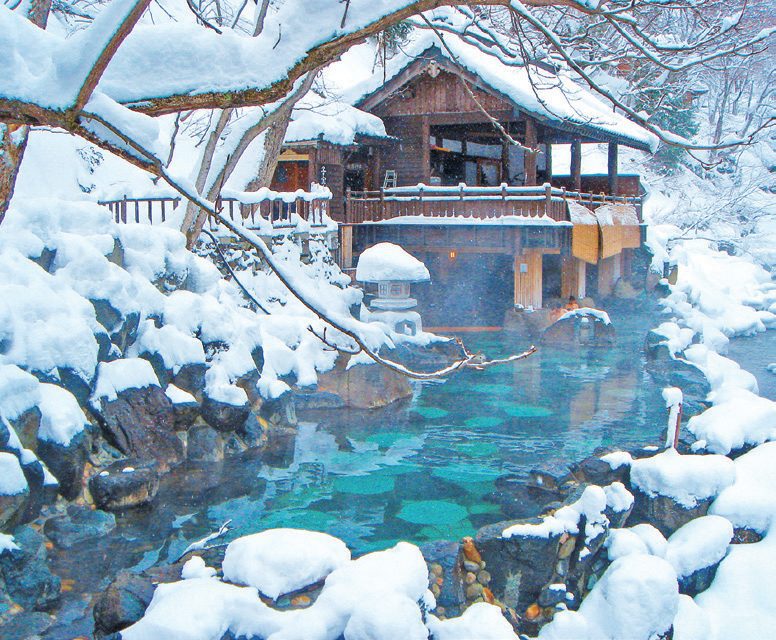
Girl’s festival
Hinamatsuri is an annual event to celebrate and pray for the health, prosperity and happiness of girls on the 3rd of March. Hina(雛)comes from the word O-hina-sama (お雛様) meaning a lady doll. It is also a transition phase of seasons when peach trees are in full bloom, and this event is also called Momo-no-sekku(桃の節句), peach season.
History
An ancient ritual in China says that you can stay well if you purify your body in the river in this time of the year. When this ritual came to Japan during the Nara-jidai(奈良時代 710-794), a human shape, Hitogata (人形)made of grass or straw was used to transfer any malicious disease or omen from children, especially from girls, casting away Hitogata to the river or sea.
In those days, the infant mortality rate was high and parents who wished for their children’s health adopted this ritual. Since the Edo-jidai (江戸時代 1600-1867)when hardly any insurrections occurred and infant mortality rates were relatively lower, people started to display various types of Hina-ningyō (雛人形)dolls, to celebrate children growing up.
People began believing that when their daughters marry, they can make Hina-ningyō as a sacrifice to absorb all the bad omen or luck throughout their married life, so the dolls became an important item of dowry.
Hina-ningyō
As it became a popular item, especially for women, Hina-ningyō became elaborate and luxurious. It was no longer a pair of male and female figures, but various kinds of figures were placed on staircase-like structures, for instance three, five and even seven steps.
On the top step, O-dairi-sama(お内裏様)and O-hina-sama(お雛様)which are designated as Tennō(天皇)and Kōgō(皇后), Emperor and Empress, mostly wear formal attire of the Heian-jidai(平安時代 794-1192).
Nowadays, simpler and smaller types of Hina-ningyō are more common because of the smaller space in modern Japanese houses.
Food and drink at Hinamatsuri
Chirashi-zushi(ちらし寿司), scattered sushi, is a popular dish at Hinamatsuri. It consists of vinegared rice with some vegetables, thinly sliced egg omelettes and some seafood scattered on top.
Hishimochi(菱餅)is another popular food. From its namesake, Hishigata(菱形), sweet diamond-shaped rice cakes of three different colours – pink, green and white – are popular with children.
One cannot forget Hina-arare(雛あられ)either, sweetened and colourful popped rice. Last but not least, Amazake(甘酒), a sweet drink made from fermented rice, is a children’s favourite at Hinamatsuri.
Author
Shunichi Ikeda
BAS Hons (ANU)
MEd (SUNY at Buffalo)
Visiting Fellow, ANU College of Asia and the Pacific
